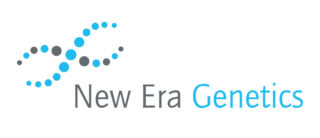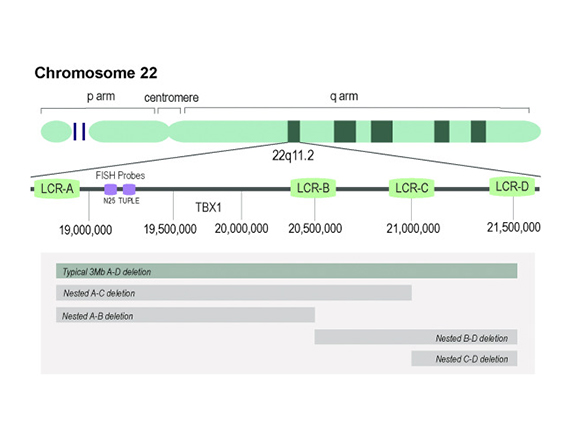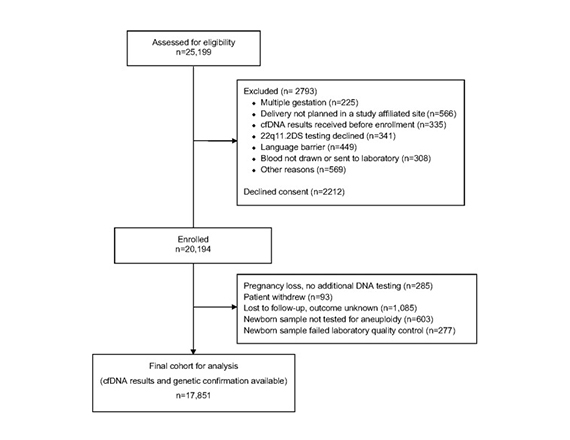
Watch the webinar
Please fill out the form and we will send you the webinar in e-mail!
Watch our 30-minute webinar to learn about Panorama™ test
Validated in SMART, the largest prospective NIPT study1-3
- Published findings from SMART, the largest prospective NIPT study with over 20,000 patients enrolled
- How SNP-based NIPT performed in a large, diverse, real-world environment compared to validation study results
- Potential impact of these findings on expanded NIPT screening guidelines
- Improving SNP-based NIPT performance with the use of artificial intelligence
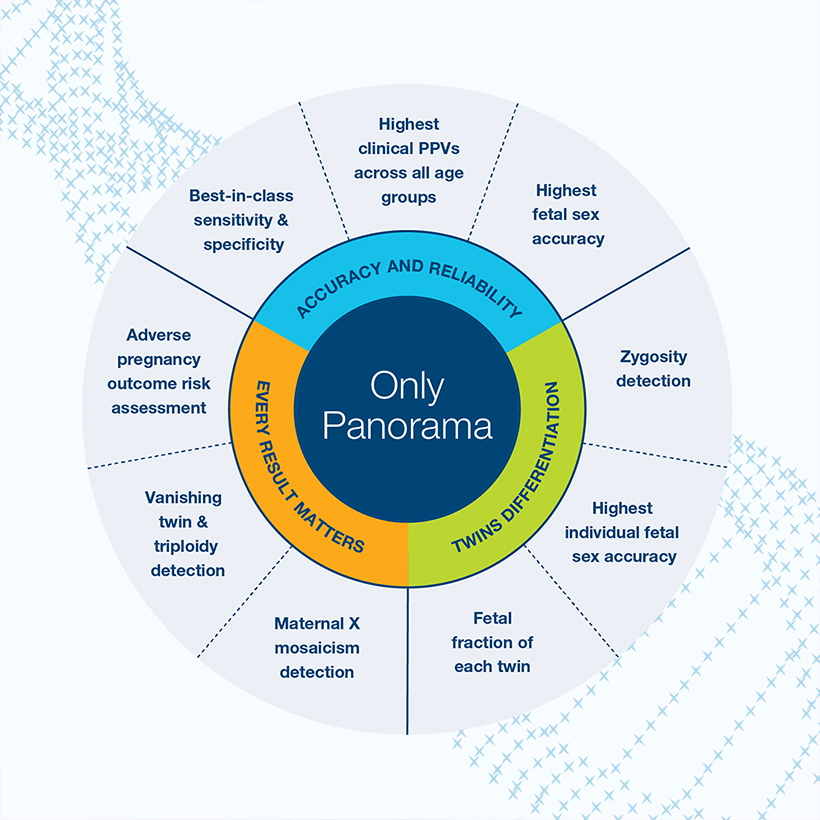
Why choose Panorama for fetal genetic testing?
Clinical advantages of genetic testing for pregnancy:
- Panorama detects conditions that other tests cannot, including molar pregnancy, triploidy and vanishing twin. 4
- Panorama screens for Down syndrome with an accuracy rate greater than 99%.1,5-7
- Panorama is the only test that differentiates between maternal and fetal DNA, which helps avoid false positives and false negatives.1,5-9
- Panorama is the only NIPT that can assess zygosity, individual fetal sex, and individual fetal fraction* in twin pregnancies. 10
- Panorama has the highest sensitivity for 22q11.2 deletion syndrome, a common and potentially severe microdeletion that impacts pregnancies equally regardless of maternal age.2
- Panorama can be performed for singleton, twin, egg donor, and surrogate pregnancies.9
*For dizygotic twins only
Validated in SMART, the largest prospective NIPT study1-3
SMART
SNP-based microdeletion and aneuploidy registry
studied
global centers
of patients included in analysis had genetic confirmation
The largest prospective NIPT study
Findings from the SMART study have now been published in the American Journal of Obstetrics and Gynecology
Panorama’s SNP-enabled capabilities make every result matter

Vanishing twin detection4
Recognized by the American College of Obstetricians and Gynecologist (ACOG) as a major cause of NIPT false positives8

Maternal X mosaicism detection11
As women age, mosaicism for a missing X chromosome becomes more common, and is another ACOG-recognized major cause of error in NIPT8

Triploidy detection4
As stated in ACOG practice bulletin 226, SNP-based NIPT (Panorama) is the only non-invasive method that can identify triploidy8
Find out what is new in the latest version of Panorama, Panorama AI
Clinically validated differentiation for twin pregnancies

Zygosity detection10
Recognized by the International Society for Prenatal Diagnosis (ISPD) as an important element in evaluating NIPT results for twins12
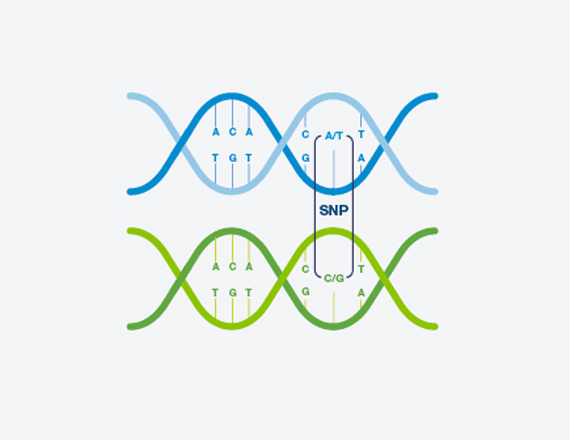
Individual fetal fraction for dizygotic twins10, 13
An important metric necessary to interpret the reliability of NIPT results, ACOG recognizes that, without this measurement, aneuploidy could go undetected if the affected twin has low fetal fraction8
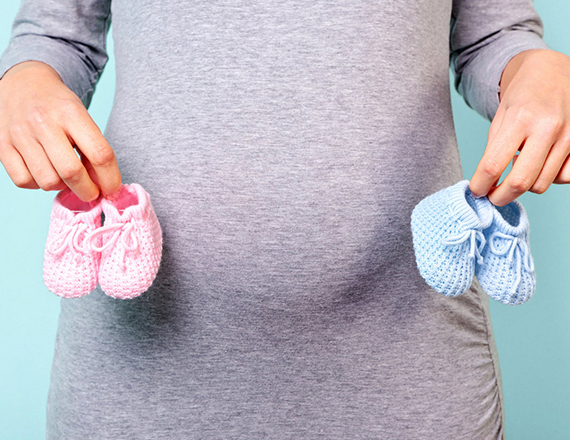
Individual fetal sex10
With zero fetal sex errors in published validation studies for both singletons and twins, patients and clinicians can have confidence in Panorama results5-7, 10

Other conditions screened9
- Trisomy 21
- Trisomy 18
- Trisomy 13
- Sex chromosome trisomies (reported when seen)*
- 22q11.2 deletion syndrome (optional)*
*Identical twins only
Panorama can help clinicians triage twin pregnancies effectively10, 14-18
Panorama identified monozygotic twins with >99% sensitivity and specificity in a validation study.
While chorionicity can be reliably detected early in pregnancy, studies have shown that up to 19% of monochorionic pregnancies are incorrectly classified as dichorionic. Panorama allows clinicians to align their ultrasound findings with an early and accurate zygosity determination.
- Identifying a monozygotic twin pregnancy with Panorama can prompt earlier, targeted ultrasound assessments for chorionicity and associated complications.
- Knowing that a twin pregnancy is dizygotic reduces healthcare providers’ and patients’ concerns about twin-to-twin transfusion syndrome (TTTS).
Pregnancy management of twins is highly influenced by chorionicity; as such, Panorama’s zygosity determination can help healthcare providers determine an appropriate management plan.
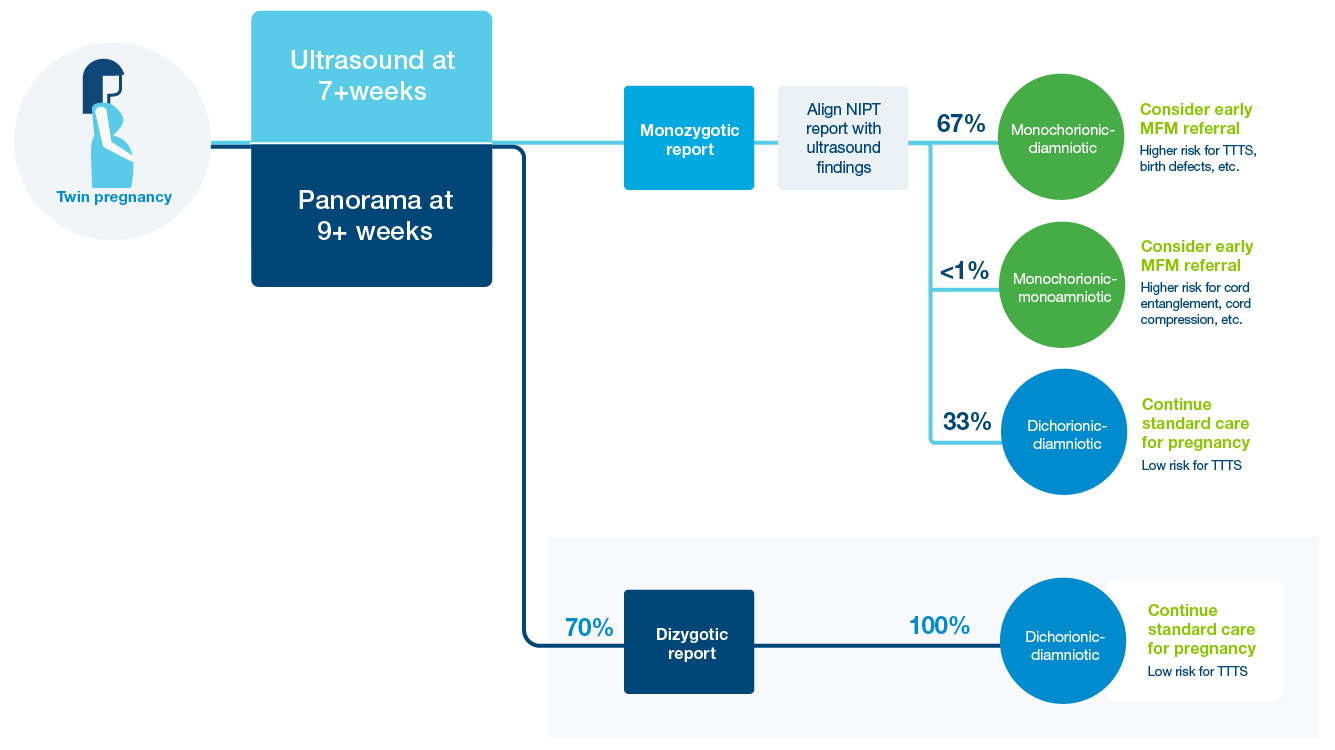
Contact us!
Is PanoramaTM right for you?
We're here to help you find out!
References:
1Dar et al. Am J Obstet Gynecol. Epub prior to publication. https://doi.org/10.1016/j.ajog.2022.01.002
2DDar et al.Am J Obstet Gynecol. Epub prior to publication. https://doi.org/10.1016/j.ajog.2022.01.019
3Norton et al. Perinatal and genetic outcomes associated with no call cfDNA results in 18,497 pregnancies. Society of Maternal-Fetal Medicine, SMFM. Virtual Meeting. Oral Presentation. Jan 25-30, 2021.
4Nicolaides et al. Fetal Diagn Ther. 2014;35(3):212-7.
5Pergament et al. Obstet Gynecol. 2014 Aug; 124(2 Pt 1):210-8.
6Nicolaides et al. Prenat Diagn. 2013 June; 33(6):575-9.
7Ryan et al. Fetal Diagn Ther. 2016;40(3):219-223.
8ACOG Practice Bulletin 226. Obstet Gynecol. 2020 Oct;136(4):859-867.
9Natera internal data on file.
10Norwitz et al. J Clin Med. 2019 Jun; 8:937.
11Martin KA et al. Am J Obstet Gynecol MFM. 2020;2:100152.
12Palomaki GE, et al. Prenat Diagn. 2020 Oct 5. doi: 10.1002/pd.5832. [Epub ahead of print].
13Hedriana H et al. Prenat Diagn. 2020 Jan;40(2):179-184.
14Society for Maternal-Fetal Medicine, Clinical guideline: Twin-twin transfusion syndrome, Jan 2013.
15American College of Obstetricians and Gynecologists and Society for Maternal-Fetal Medicine, practice bulletin #169, Oct 2016.
16Oldenburg et al. Ultrasound Obstet Gynecol. 2012 Jan;39(1); 39: 69–74.
17Chasen, Chervenak (2017). Twin pregnancy: Prenatal issues. In T. Post (Ed.), UpToDate. Waltham, Mass.: UpToDate. Retrieved from www.uptodate.com
18Cunningham et al. Williams Obstetrics. 24th edition. New York: McGraw-Hill Education, 2014.
